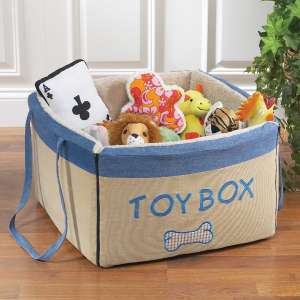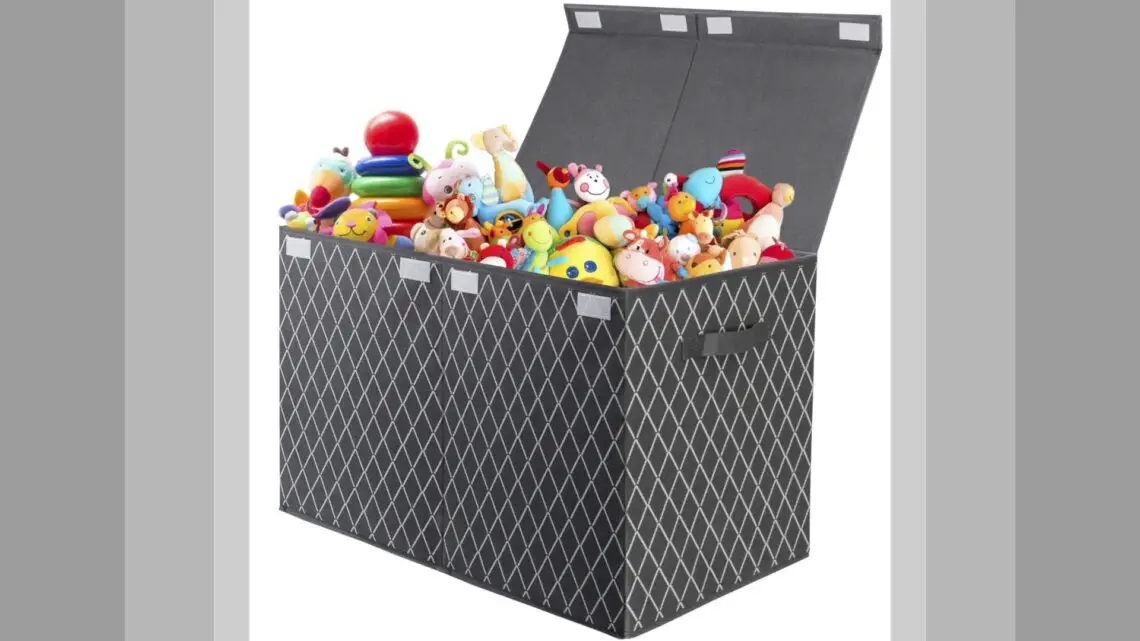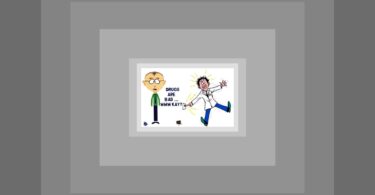
Some children enter, see the toys and immediately are distracted by the treasures they observe. There is a mad digging and searching to find the exact toy they want to entertain themselves with. Others enter, sitting shyly on their mom’s lap looking every now and then in the direction of the toy box, but too scared to venture into unknown territory. When the patient has become a frequent or well-known visitor they immediately delve into the depths of the exciting box they know so well. Each child has their favourite toy. At the end of a consultation there are those children who have surreptitiously slipped “lightning mcqueen” into their pocket, or the little toddler clutching Barney and wanting to take him home with them.
How does this translate into prescribing the right remedy for the child? Let’s look at some common children’s remedies.
The Calcarea carb. child is shy and can be lazy. So, often they will sit on mom’s lap for a while and then slowly move towards the toy box and choose one or two toys that will entertain them for the whole consultation.
Phosphorus children will assess the situation very briefly and then go and delve with passion into the toys, bringing them to you to show you or ask how they work.
Sulfur children may have the whole toy box emptied on the floor and then they still want to touch all the other things in the office.
Nat. mur. children will sit with their parent for a while and then quietly move on to the toys. They will choose a few that they like and lay them out in front of them making up little quiet games.
Arsenicum children often lay out the toys in a specific order on the floor or consulting bed and get upset if a sibling or parent moves them out of this order.
Pulsatilla children sit shyly with their parent until they can no longer resist the pull of the toys. They will constantly bring the toy to mom. They laugh at some toys and scream with delight at the sounds others make. But when it’s time to go the tears will flow at having to leave new toys behind.
Tarentula children will move from toy to toy and spread the toys around. They often choose the brightly coloured toys, especially if they make a noise. There will often be a competitive edge to their play and imagination.
Of course, in order to prescribe the correct remedy one would look at the general, strange, rare and peculiar and characteristic symptoms from the history. After repertorising and consulting the material medica the correct remedy is chosen. The observation just helps to find rubrics that are not given in the history and to confirm the choice of remedy.






Really useful information, thank you for sharing this!
Nice hint for observing kids and their behavior in the office. Thanks for sharing.
Good information.
Thanks for Sharing.